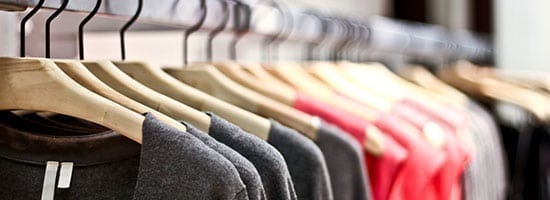
Laparoscopic adjustable gastric banding, more commonly known as the “lap band,” is a type of bariatric surgery done to help the patient lose weight. It is generally recommended for people with a BMI of at least 40, or a BMI of at least 35 and an obesity-related condition like diabetes. A person in this condition is described as “morbidly obese.” A patient is also considered morbidly obese if they are at least 100 pounds overweight.
Bariatric surgery works for many different individuals. The patient loses much or all of their excess weight, and their health improves as a result. Those with conditions like diabetes or heart disease either gain more control over their conditions or see them go into remission altogether. They often need fewer medications to control their symptoms than they did before their surgery. As the patient loses weight, they may find it easier to engage in the exercise they need.
The Post-Surgery Wardrobe
Losing 100 or more pounds will also have a dramatic impact on the patient’s wardrobe, as an increasing number of their clothes become too big for them. The patient’s first step should be to sort through their clothes and organize them by size. Many obese people cling to favorite articles of clothing that no longer fit them in the hopes of one day being thin enough to wear them again. The patient should get rid of everything that is already too large and hold on to the rest.
The big challenge will be dressing mid-way through the weight loss process. The patient who has lost 50 pounds but still needs to lose 70 more pounds will need clothing that fits. It can be expensive, however, to buy a whole new wardrobe that will only be replaced a few weeks or months later.
Making Smart Purchases
The smart play is to buy a few basic pieces and then dress them up with accessories like belts, ties or scarves. A pretty scarf not only jazzes up an outfit, it will fit the patient no matter how much weight they lose.
The patient should also look for clothes that can change with them. Many pants, for example, have spandex woven into them. They can therefore fit people over a range of weights. Drawstring pants are another option for someone losing a lot of weight. The patient should also look for loose tops, like tunics.
Thrift and consignment stores can be good sources of new clothes, and consignment stores have the added advantage of buying clothes the patient no longer needs.
Another less expensive option to buying new clothes is visiting a tailor who does alterations. Many clothes can be taken in at least a couple of sizes.







